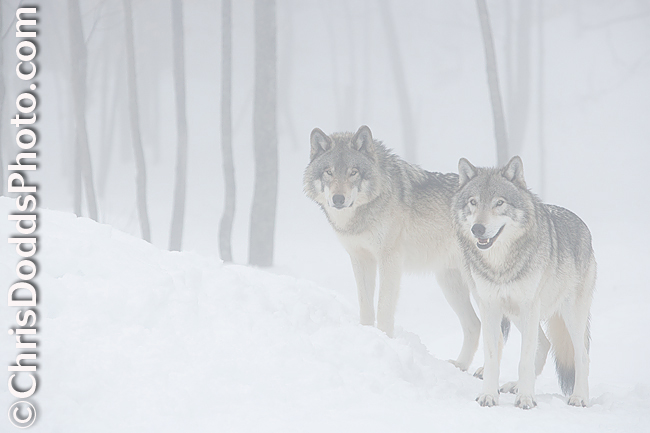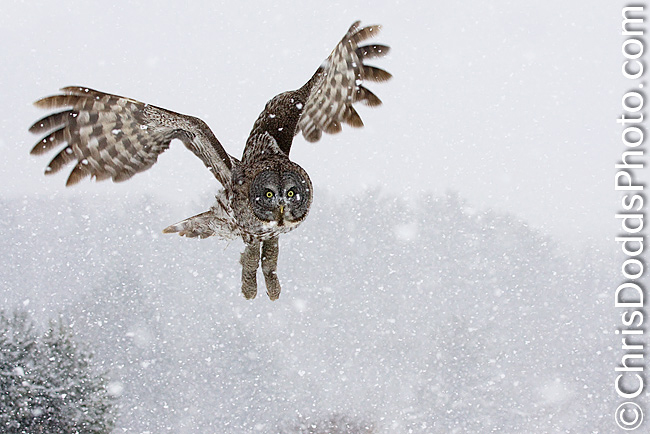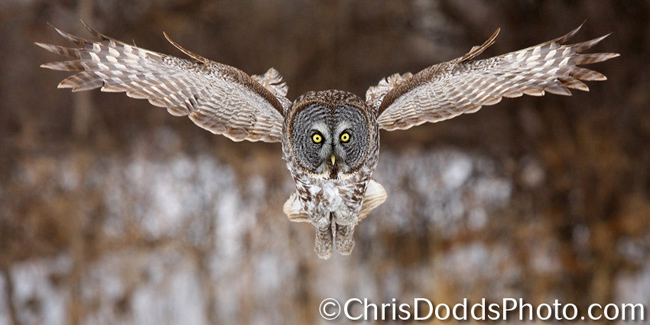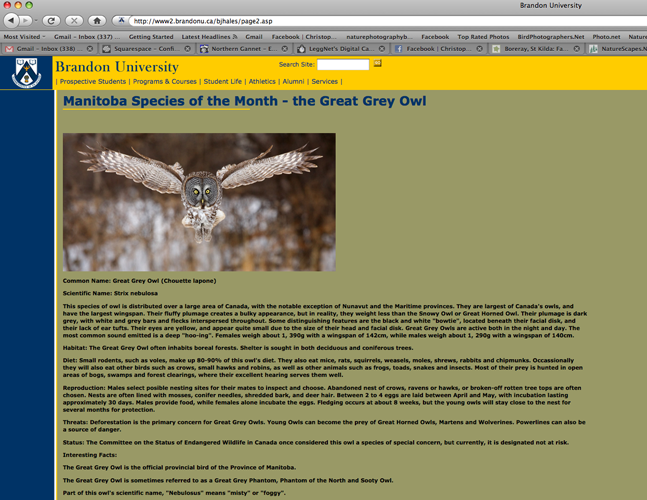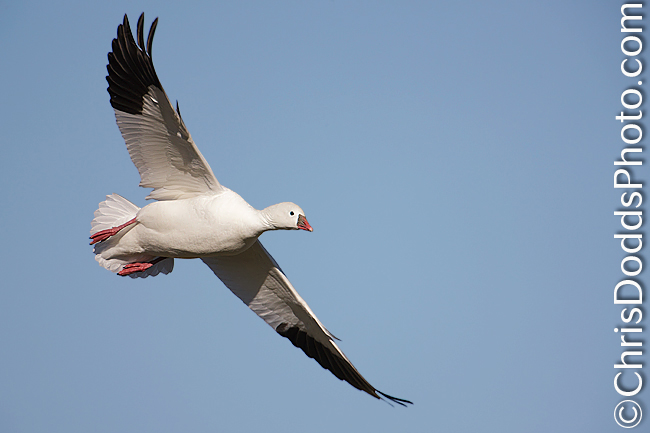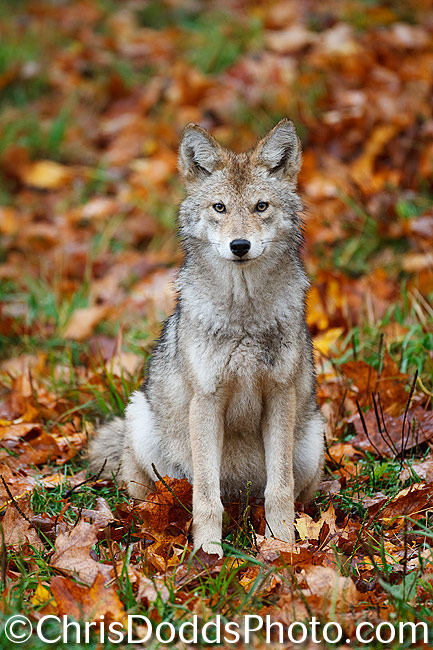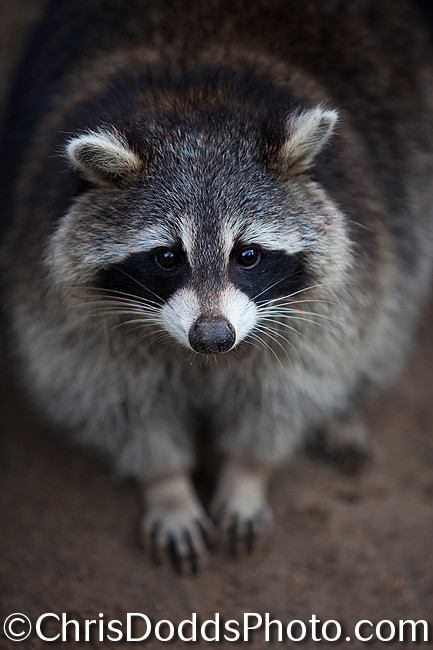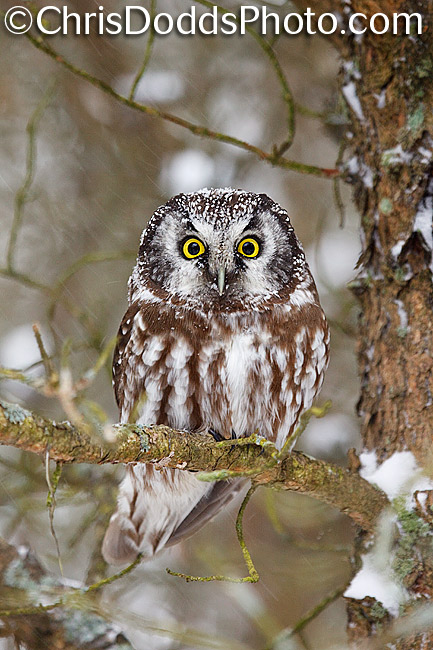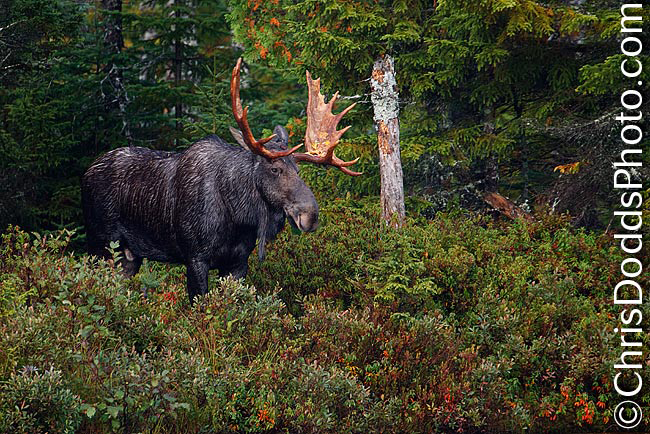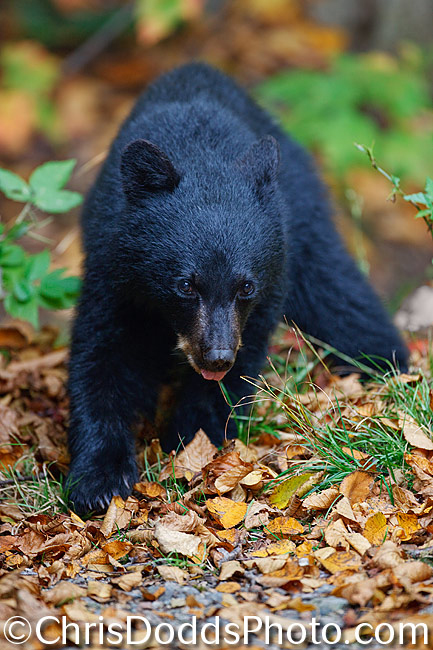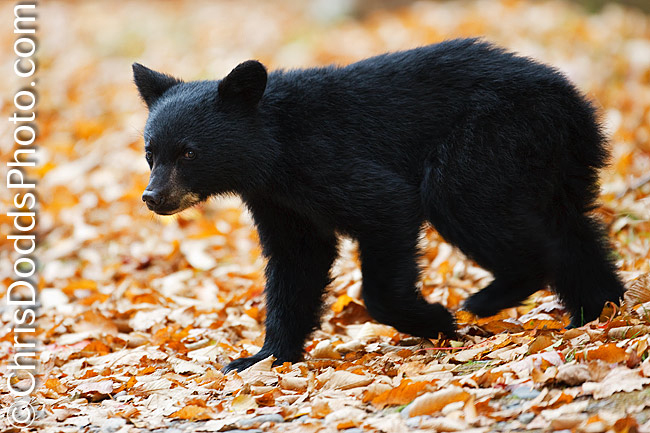 Emperor Goose (Chen canagica, Oie empereur) Homer Spit, Homer, Alaska, USA. Image Copyright ©Christopher Dodds http://www.chrisdoddsphoto.com All Rights Reserved. Canon EOS 1D Mark II, 500mm F4 IS, Gitzo tripod and Wimberley Head. ISO 400, 1/100s F11 Manual Exposure. Full Frame.
Emperor Goose (Chen canagica, Oie empereur) Homer Spit, Homer, Alaska, USA. Image Copyright ©Christopher Dodds http://www.chrisdoddsphoto.com All Rights Reserved. Canon EOS 1D Mark II, 500mm F4 IS, Gitzo tripod and Wimberley Head. ISO 400, 1/100s F11 Manual Exposure. Full Frame.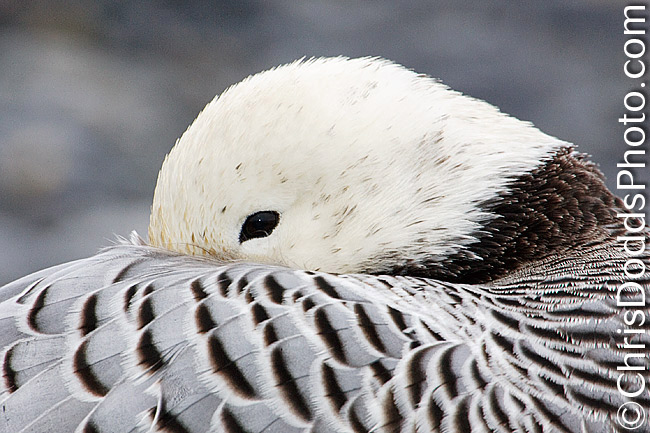 Emperor Goose Close-up detail (Chen canagica, Oie empereur) Homer Spit, Homer, Alaska, USA. Image Copyright ©Christopher Dodds http://www.chrisdoddsphoto.com All Rights Reserved. Canon EOS 1D Mark II, 500mm F4 IS, 2X II Tele-converter, Gitzo tripod and Wimberley Head. ISO 400, 1/30s F20 Manual Exposure. Canon 550EX II flash in manual mode. Full Frame.
Emperor Goose Close-up detail (Chen canagica, Oie empereur) Homer Spit, Homer, Alaska, USA. Image Copyright ©Christopher Dodds http://www.chrisdoddsphoto.com All Rights Reserved. Canon EOS 1D Mark II, 500mm F4 IS, 2X II Tele-converter, Gitzo tripod and Wimberley Head. ISO 400, 1/30s F20 Manual Exposure. Canon 550EX II flash in manual mode. Full Frame.
Perhaps the most striking goose in North America, this small goose is seldom seen because of it's high-arctic haunts, where it is never far from coastal tundra. The Emperor Goose, Chen canagica, breeds on the coast of northwestern Siberia, St. Lawrence Island, and around the Bering sea, mostly in coastal northwestern Alaska. Winters mainly in the Aleutian Islands but wanders also down the North American western coast as far as California. Due to its low population size, and restricted range, the Emperor Goose is especially vulnerable to local catastrophic events, such as oil spills. In winter, the majority of the global population of this species can be found in the Aleutian Islands. Eskimos once rounded up thousands in "goose drives" during post-breeding, the flightless molt period, then drove them into traps to be killed for food. The Emperor Goose population is thought to be on the rise in Alaska after an unexplained decline from an estimated 139,000 in 1964 to only 42,000 in 1986.
Inner Game of Outdoor Photography
(Galen Rowell ISBN13: 978-0-691-14069-8) After posting the book reviews in my last entry, I received numerous requests for more; mostly from people looking for the perfect Holiday or Christmas present for photographers. If I could make a single suggestion for anyone interested in outdoor photography, It would be Galen Rowell's Inner Game of Outdoor Photography. Rowell, his wife Barbara Cushman Rowell, pilot Tom Reid, and Reid's friend Carol McAffee, were killed in a plane crash near the Inyo County Airport in Bishop, California on the 11th of August, 2002. They were returning from a photography workshop in Alaska.
“Galen Rowell was a man who went into the mountains, into the desert, to the edge of the sea, to the last great wild places in the world to be absorbed by their grace and grandeur. That is what he did for himself. For the rest of us, he shared his vision with—click—the release of a shutter, creating photographs as timeless, as stunning, and as powerful as nature itself.” –Tom Brokaw, from the foreword of Galen Rowell: A Retrospective
